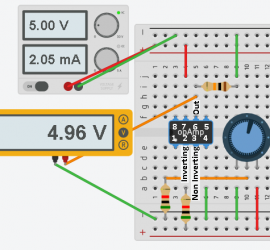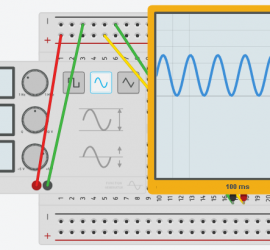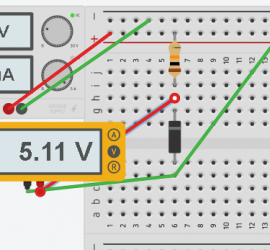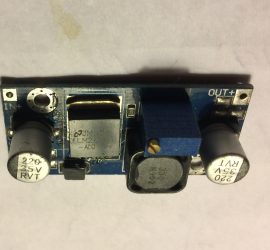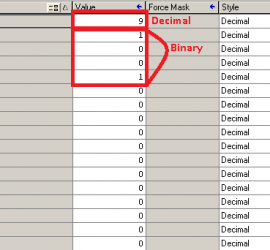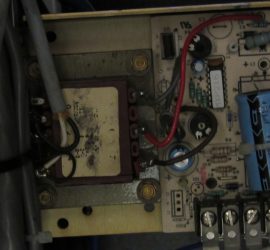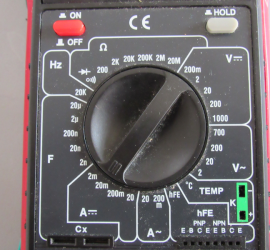Voltage Dividers 2
Introduction to Voltage Dividers Voltage dividers are very important to circuits monitored by microprocessors. Important to realize, microprocessors will usually handle 3.3 volts, or 5 volts. With this in mind, the voltage of the circuits they control can be much higher. In this case, we want to measure Read More »



